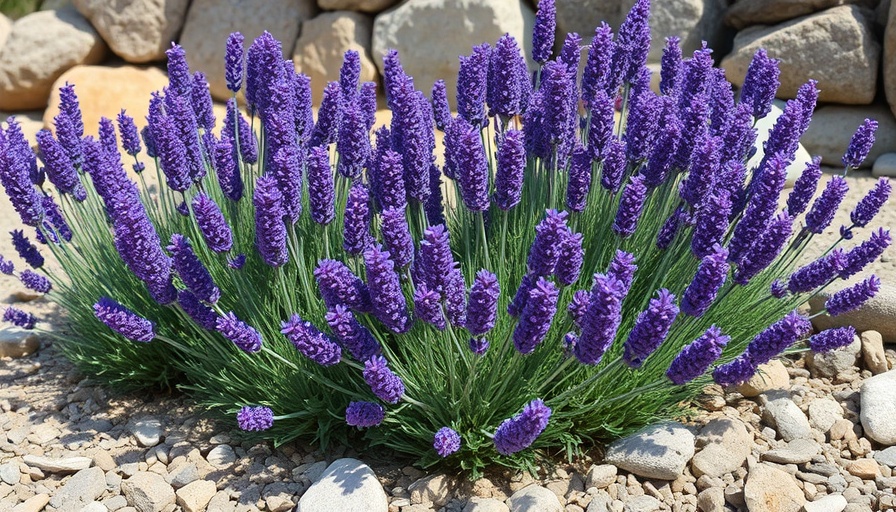
Creating a Vibrant Country Garden: Start with Hardy Perennials
Creating a country garden is not only a way to cultivate fresh produce but also an opportunity to embrace the beauty of nature. Whether you have a grand country estate or a quaint backyard, the right selection of plants can turn your outdoor space into a flourishing paradise. At the heart of a stunning garden are hardy perennials, which not only provide ongoing beauty but also require minimal maintenance.
Why Hardy Perennials Are Essential for Any Garden
Hardy perennials are your best ally when creating a colorful landscape that stands the test of time. Unlike their annual counterparts, which require yearly replanting, perennials come back year after year, enhancing your garden while saving both time and money. From vibrant Black-eyed Susans to graceful Shasta daisies, these plants are not only resilient but also serve as a significant food source for important pollinators like bees and butterflies.
Your selection doesn’t have to be limited; there are numerous perennials available that can thrive across different hardiness zones. This means that with correct planting and care, you can enjoy a beautiful garden no matter where you live. Choose a variety of shapes, colors, and sizes to create a dynamic and picturesque display that draws the eye year-round.
Essential Vegetables: Thrive and Nourish
Incorporating vegetables into your country garden not only enhances aesthetic appeal but also provides a sustainable food supply for your family. When selecting vegetables, consider those that are easy to grow and resilient to your local climate conditions. Start with staples like tomatoes, kale, and asparagus, known for their hardiness and nutritional benefits.
Tomatoes, for instance, are beloved for their versatility and taste, and varieties like 'Early Girl' are known to produce well even in cooler climates. Growing these vegetables not only contributes to your well-being but creates a sense of accomplishment as you harvest fresh food for your table.
The Flavorful World of Herbs: Benefits Beyond Cooking
Adding herbs to your country garden amplifies the sensory experience, transforming your space into a fragrant oasis while offering culinary and medicinal benefits. From versatile basil to the aromatic chives, these plants add not only flavor but also the ability to attract beneficial pollinators.
Interestingly, herbs like mint can contribute significantly to pest control, acting as a natural repellant for various garden pests. Maintaining an herb garden allows you to enjoy fresh flavors all summer long while keeping your garden healthy and vibrant.
Creating a Sustainable Food Source: The Perennial Advantage
Perennial vegetables have become increasingly popular in sustainable gardening practices. These plants, once established, continue to provide food season after season without the need for replanting. Notable perennial options include rhubarb, asparagus, and lovage, which can flourish alongside annual crops, creating a diverse ecosystem in your garden.
Sustainability is not just a trend; it’s a way to foster a healthy environment. Perennial plants improve soil quality by reducing erosion and enhancing its structure through their extensive root systems. By investing in these plants, you’re not only investing in your garden’s productivity but also in ecological health.
Taking Action: Begin Your Gardening Journey
Now is the perfect time to kickstart your country garden adventure! Explore local nurseries and consider your hardiness zone to find the best plants for your environment. Reach out to local gardening communities for advice, and don’t hesitate to experiment. Remember, gardening is about trial and error, so embrace each experience, no matter the outcome.
In conclusion, whether you have a sprawling backyard or a more modest space, creating a country garden filled with hardy perennials, essential vegetables, and fragrant herbs is entirely feasible and incredibly rewarding. Start planning today to enjoy the natural beauty and sustenance your garden can offer.
 Add Row
Add Row  Add
Add 




Write A Comment